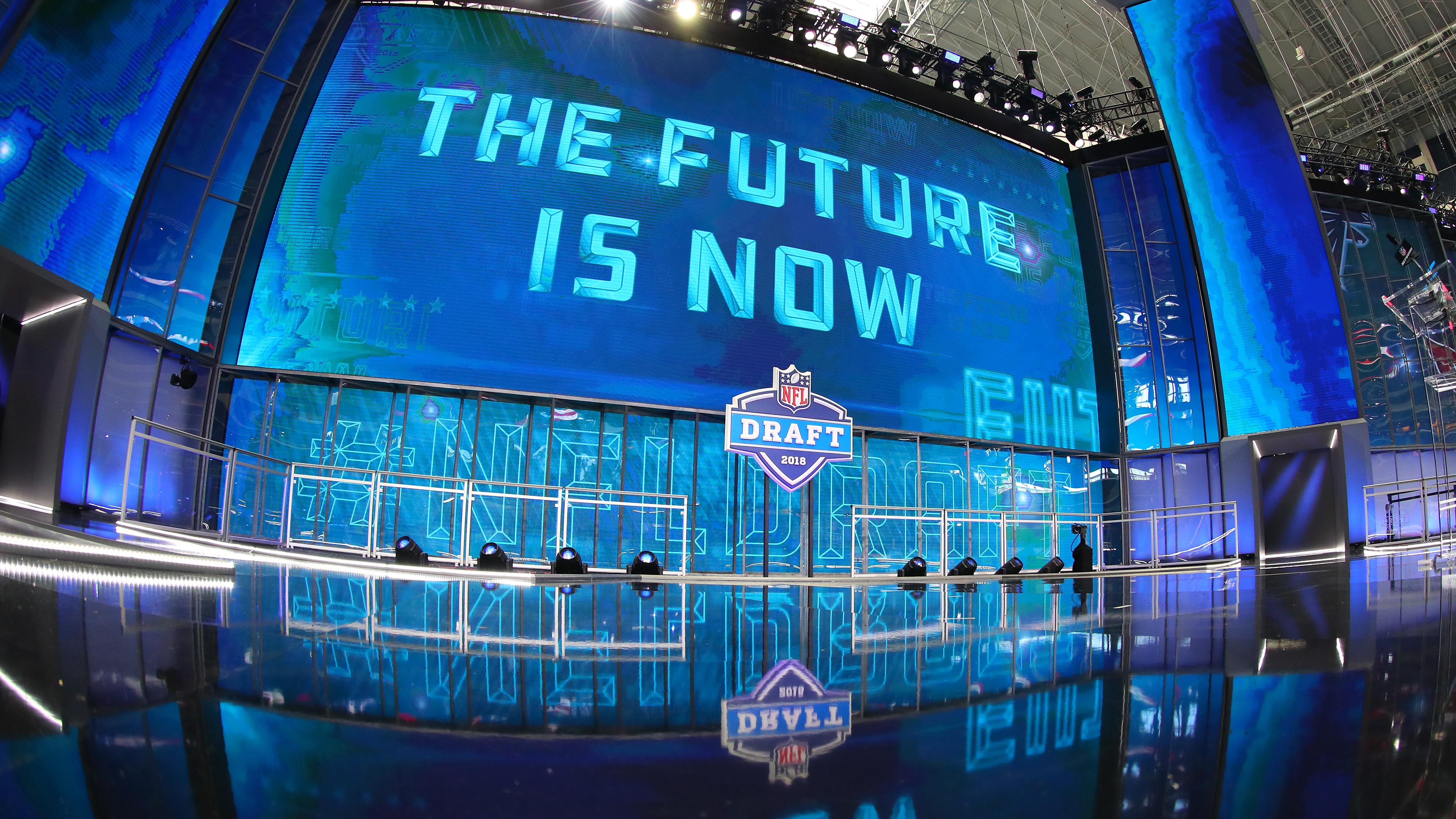Measuring the impact and domino effect of Leonard Floyd’s fractured right hand suffered in the weekend win over the Denver Broncos is next to impossible at this juncture simply because what Floyd’s effectiveness will be in a cast isn’t remotely clear. Coach Matt Nagy noted Monday that players have functioned with a “club” for a hand but the Bears need more than Floyd just playing.
The injury, which required surgery, affects Floyd’s fingers, and irrespective of the specific injury, those requiring casting and club-like encasement have dramatically affected effectiveness in even the game’s top pass rushers: Clay Matthews in Green Bay (2013); Jason Pierre-Paul with the Giants (2015); J.J. Watt in Houston (2016).
Nagy used the word “relief” in talking about Floyd’s situation; good word choice. Because the Bears have lost elite linebackers to season-ending thumb or wrist injuries (Bryan Cox, 1996; Brian Urlacher 2009).
Stay in the game with the latest updates on your beloved Chicago sports teams! Sign up here for our All Access Daily newsletter.
But any diminishing of Floyd’s effectiveness projects to a potential catastrophe for a Bears defense wanting to start fast and help an offense that will be learning to stand fully upright through its first season under Nagy. Pass rushers, particularly speed rushers, need their hands. And fingers.
The reason is more than simply Floyd. It’s the construction of the Bears defense and its rush options. Because in the Bears’ case, numbers can obscure the true nature – and degree of vulnerability – of the Bears’ pass rush.
The defense posted 42 sacks in 2017, ranking an eminently respectable tied for seventh despite being without a single defender with more than Akiem Hicks’ 8-1/2, and better than Arizona (17th) with Chandler Jones (17 sacks), for example.
That is both good news and bad news.
NFL
The good news is that a top-10 defense was not based on one individual rush terror – a Matthews, Watt, Von Miller. Consider it a rush-by-committee, with Floyd, Hicks, Sam Acho, Pernell McPhee, Willie Young or any of more than a half-dozen threats capable of delivering one of the single most devastating defensive plays other than a takeaway.
But that is also the bad news. Because the Bears lost McPhee, Young, Lamarr Houston and the players who produced more than one-third (14-1/2) of the 42 sacks.
This is more than a simple headcount issue; it’s an integrated-whole problem. The Bears had so many potential impact rushers, their scheme was able to bring pressure from different places and players. The rush may not have had one elite pocket disruptor, but it did have quantity to the point where double-teaming any one created opportunities that non-elite rushers exploited.
Acho benefitted from Young benefitted from McPhee benefitted from Hicks benefitted from Floyd benefitted from... You get the idea.
The point is that no Bears rusher was, or now, is, capable of exerting consistent dominance by himself, as great pass rushers do. Dan Hampton benefitted from Richard Dent, but Hampton was a Pro Bowl rush threat before Dent arrived. Watt had 20 1/2 sacks in 2012, before the Texans drafted Jadeveon Clowney, and 20 1/2 in 2014 when Clowney only played four games.
The Bears situation is not necessarily a crisis; the whole being greater than the sum of the parts is by definition the antithesis of crisis. But the Bears lost a significant number of those parts. Liken it to the Bears having a great offensive line and losing a couple of starters: The remaining starters could the better members of the “great” group, but unless the lost players are replaced with talent equal to or greater than the losses, the chances of the group achieving anywhere near what it was when it had all its components are slim.
Hicks is coming off a career year. But the Bears did little to replace Houston, McPhee and Young, who contributed both to Floyd’s development and his production. Now the pass rusher drafted to be a linchpin of the Bears defense has a significant impairment.
So does the entire defense.


